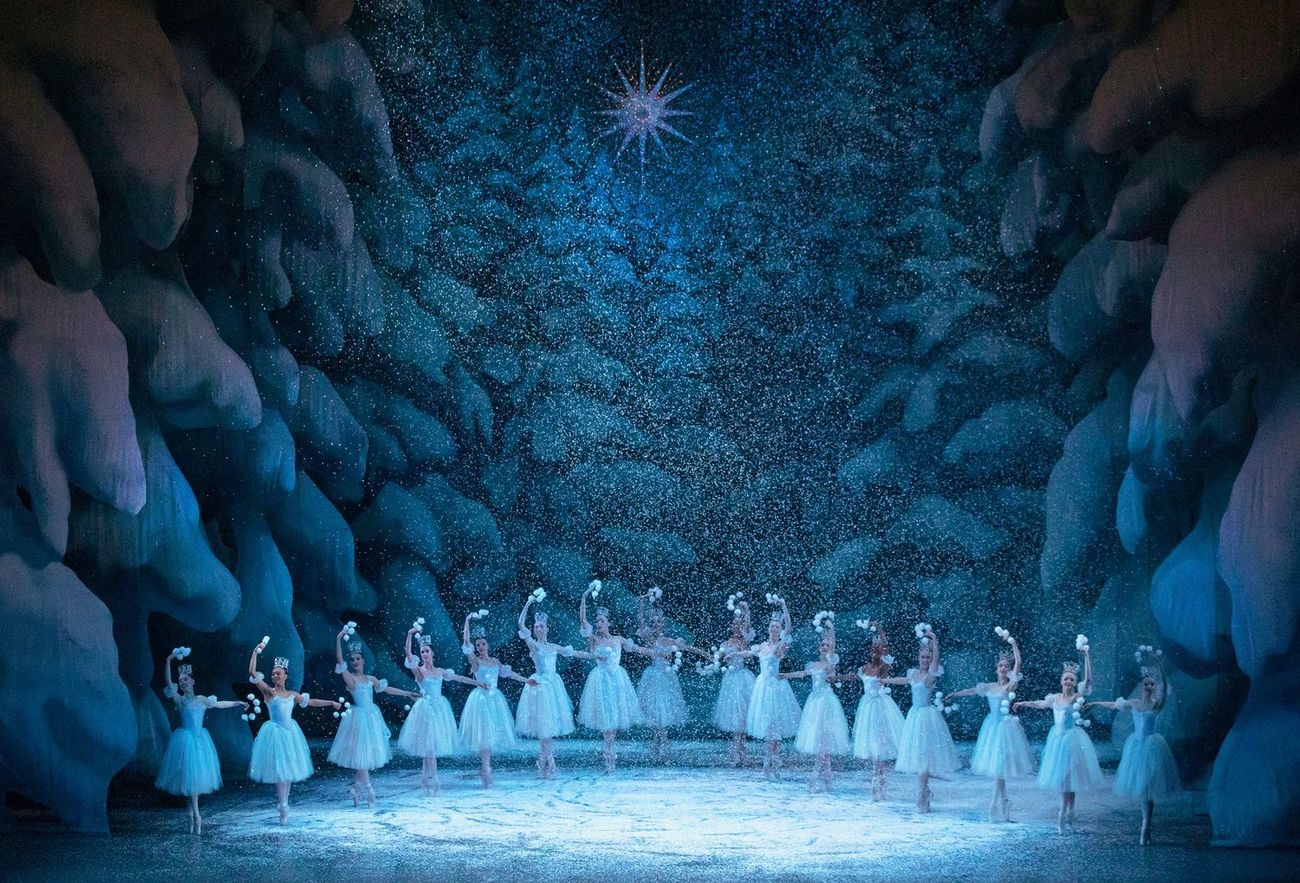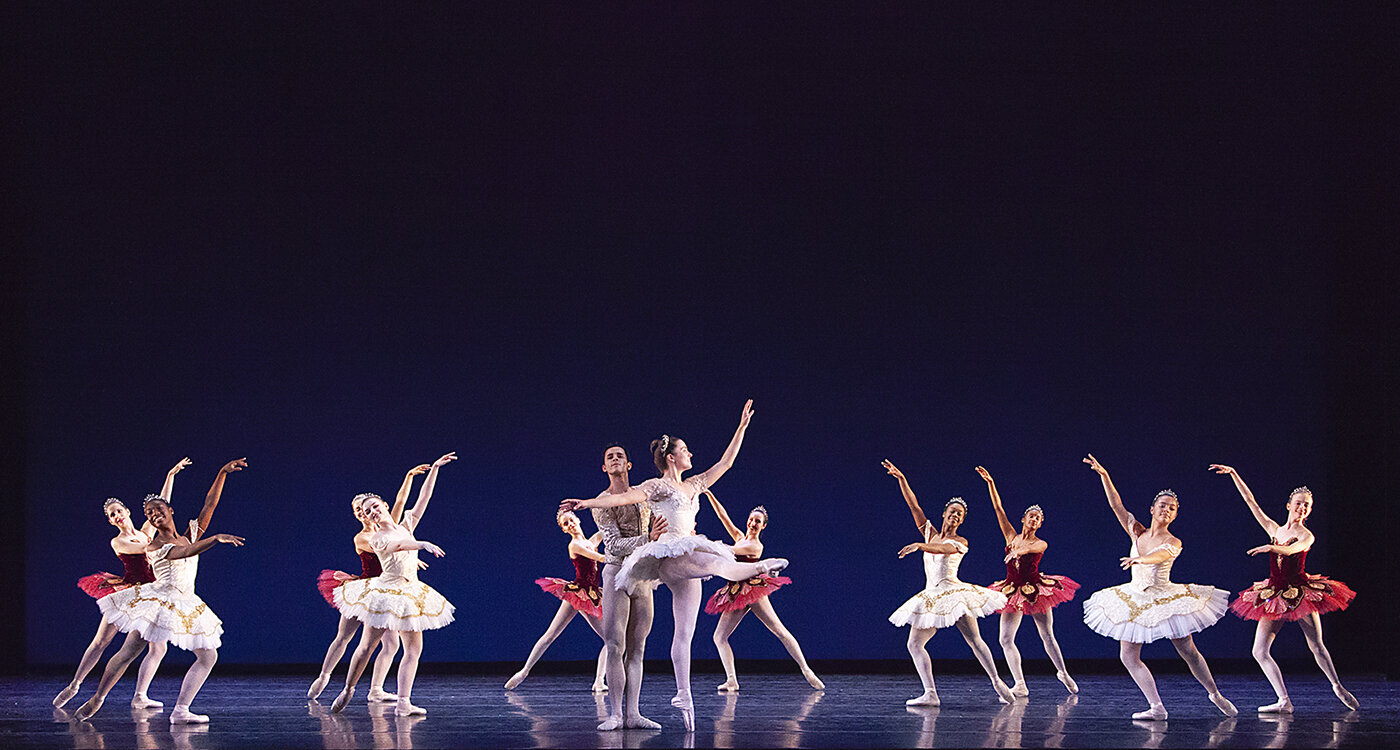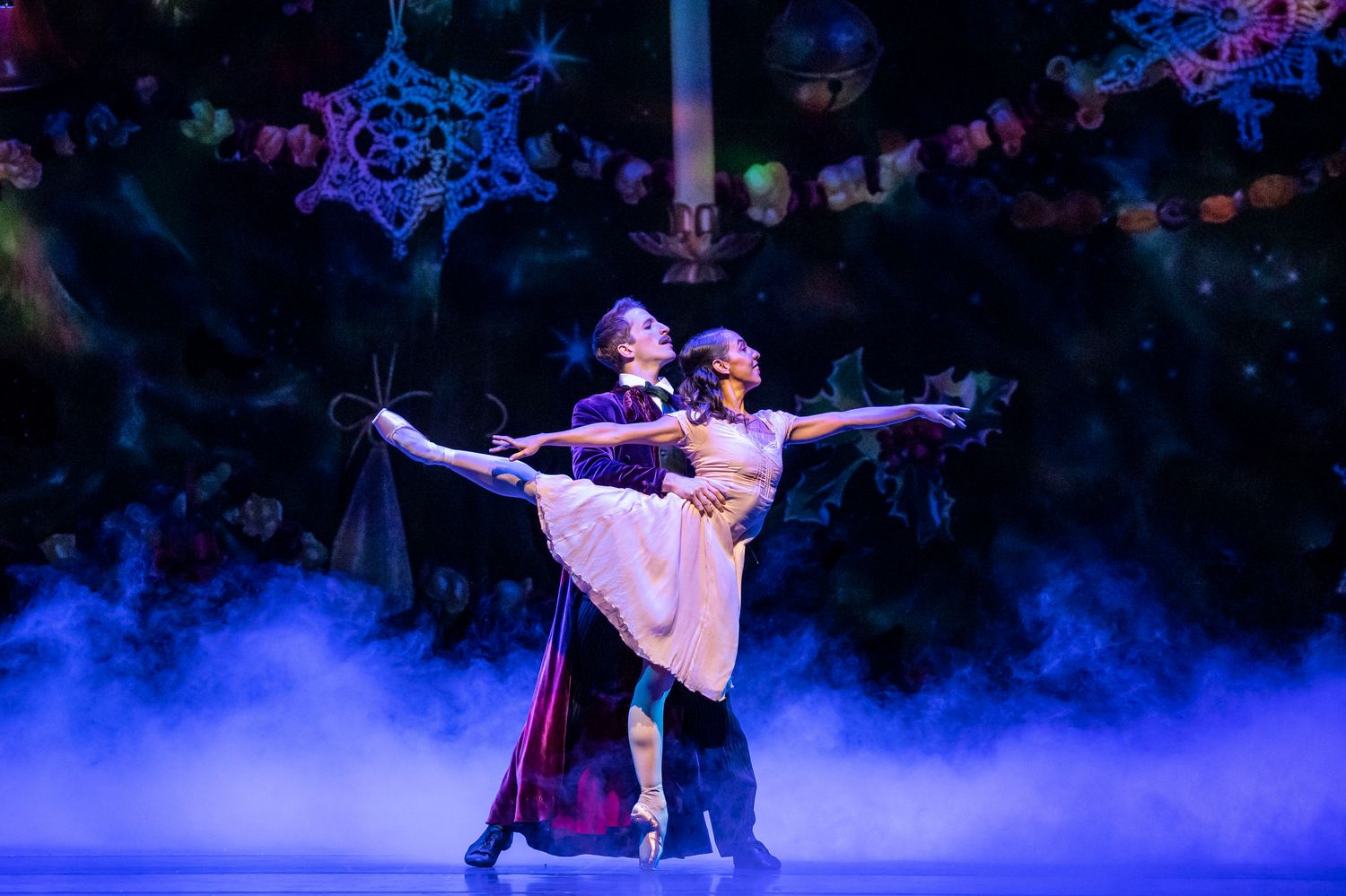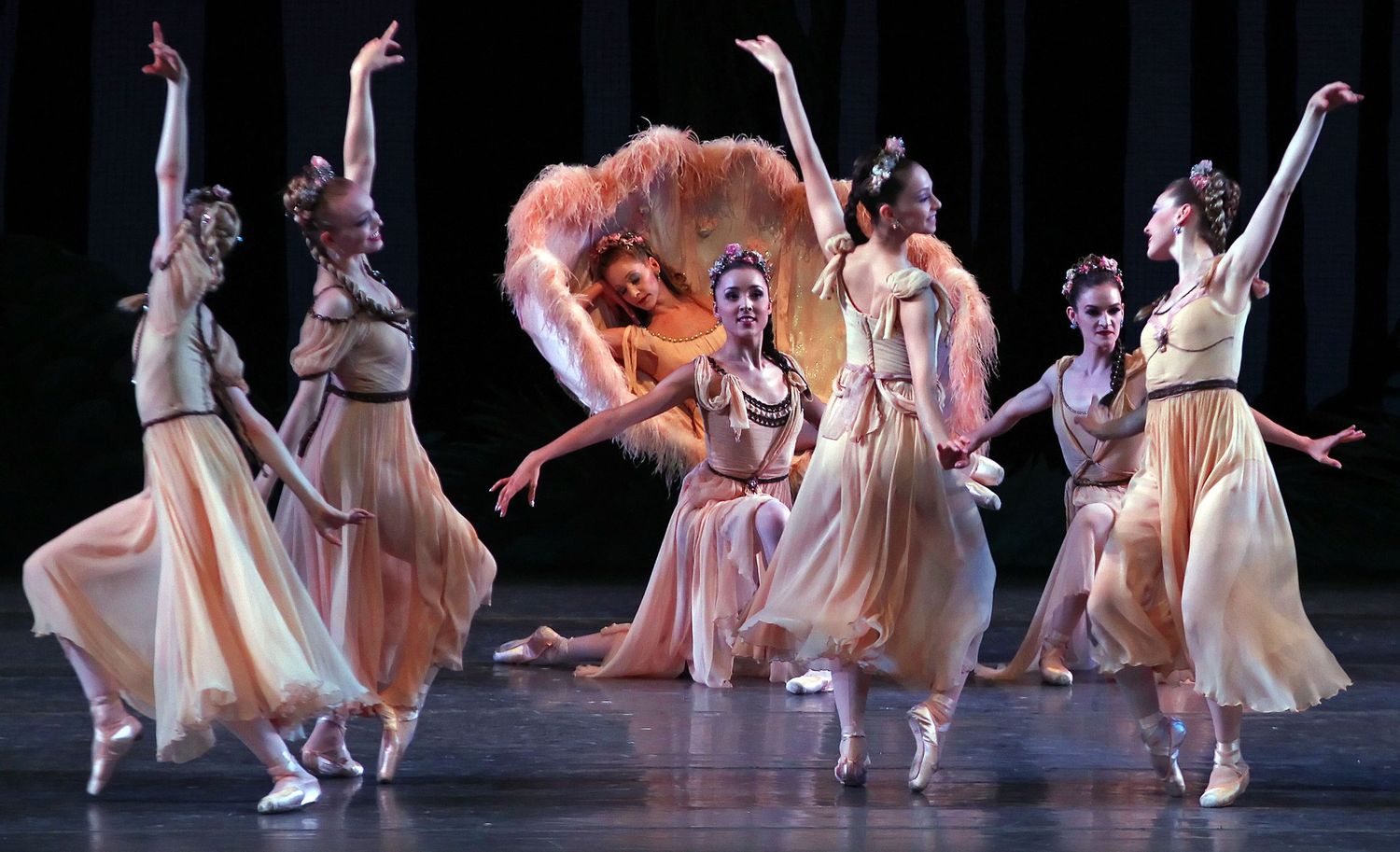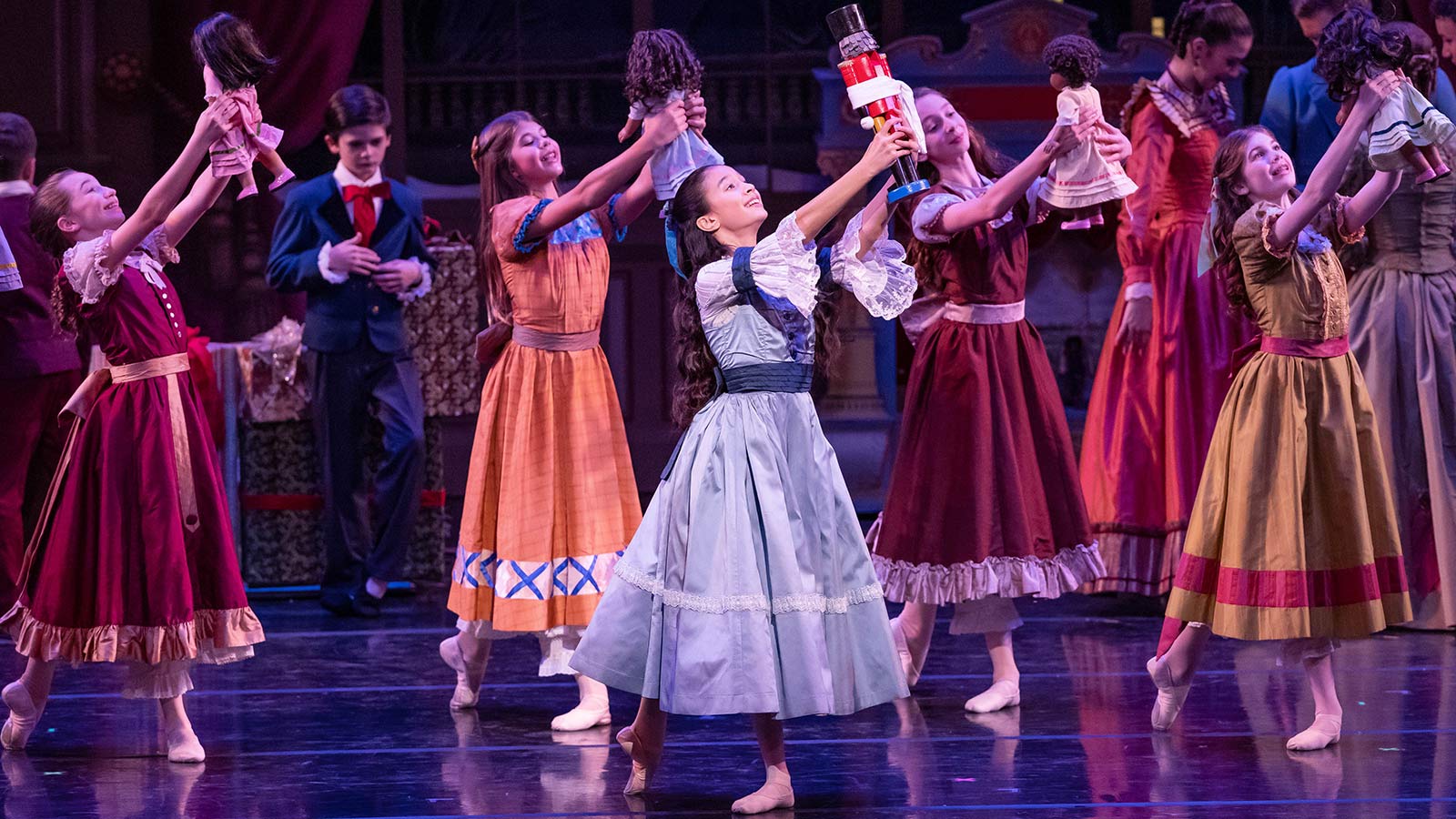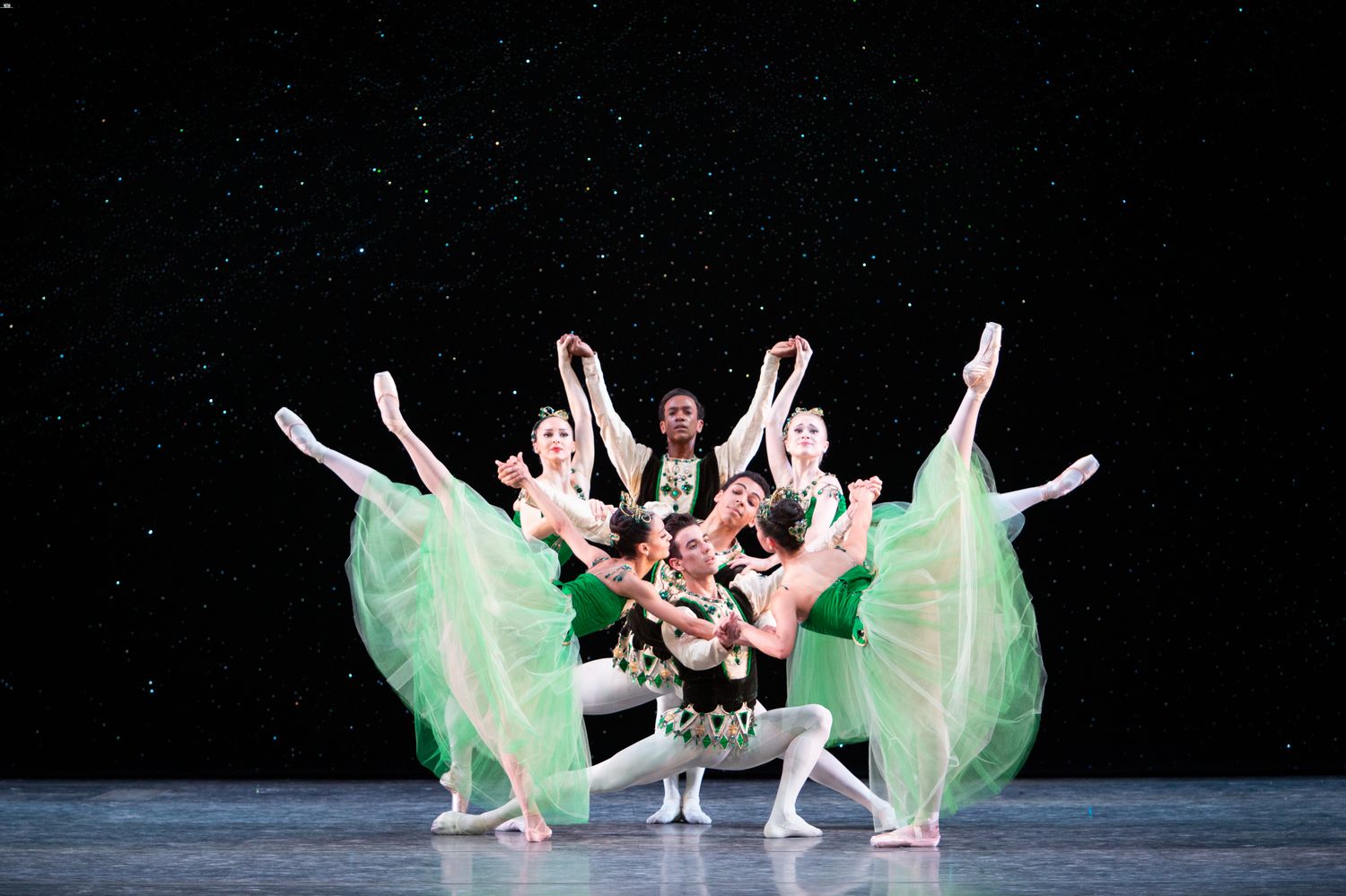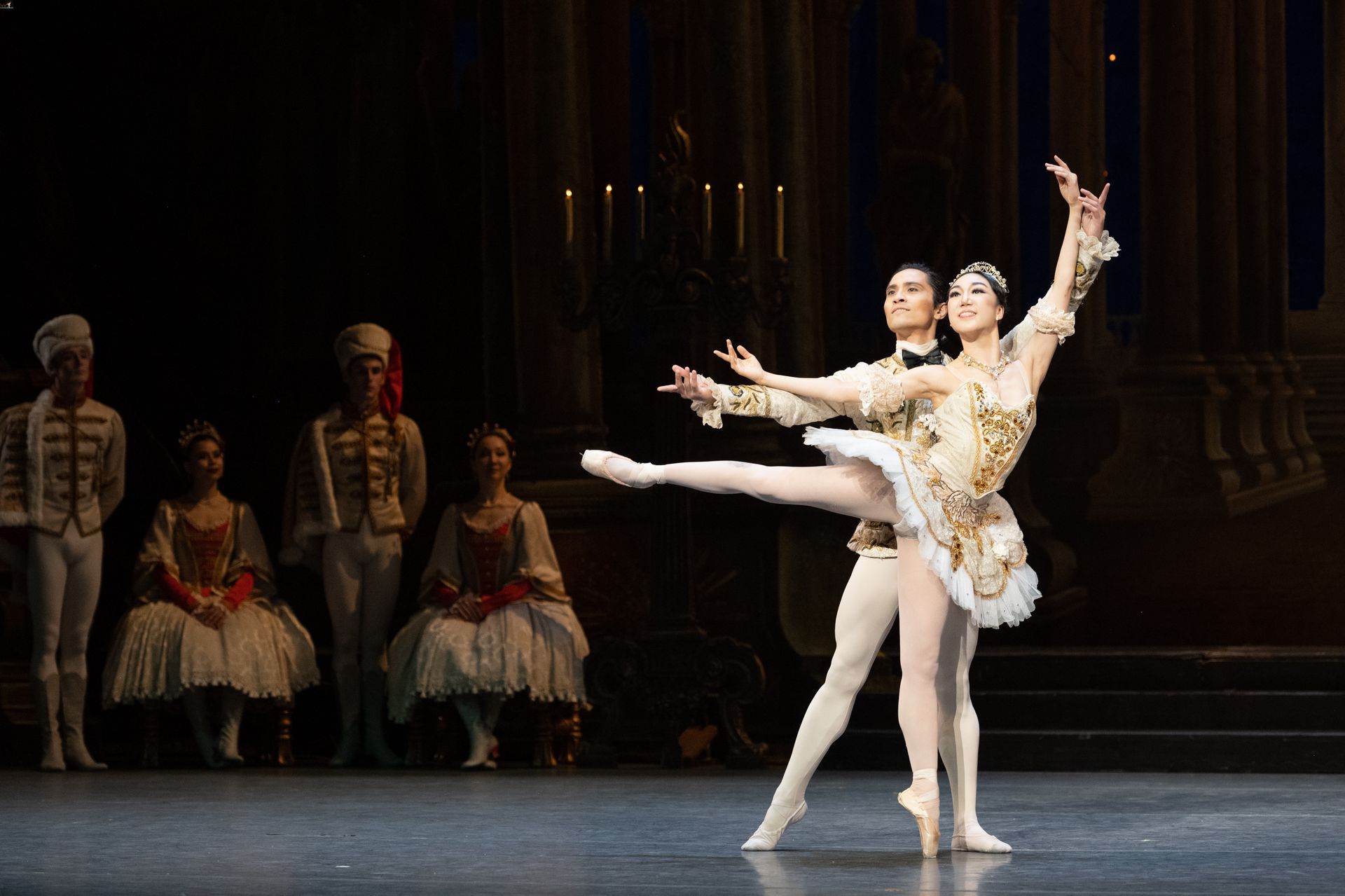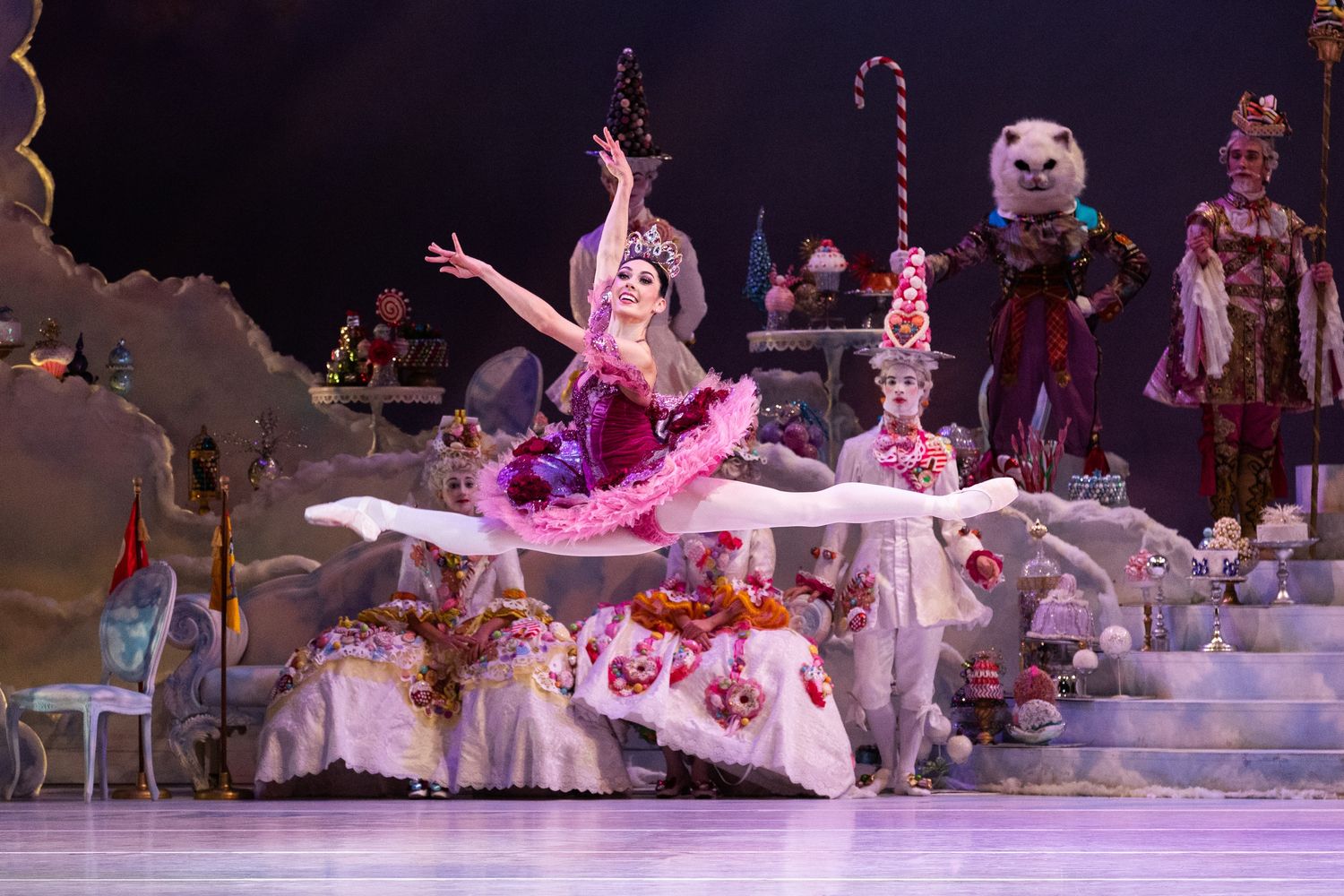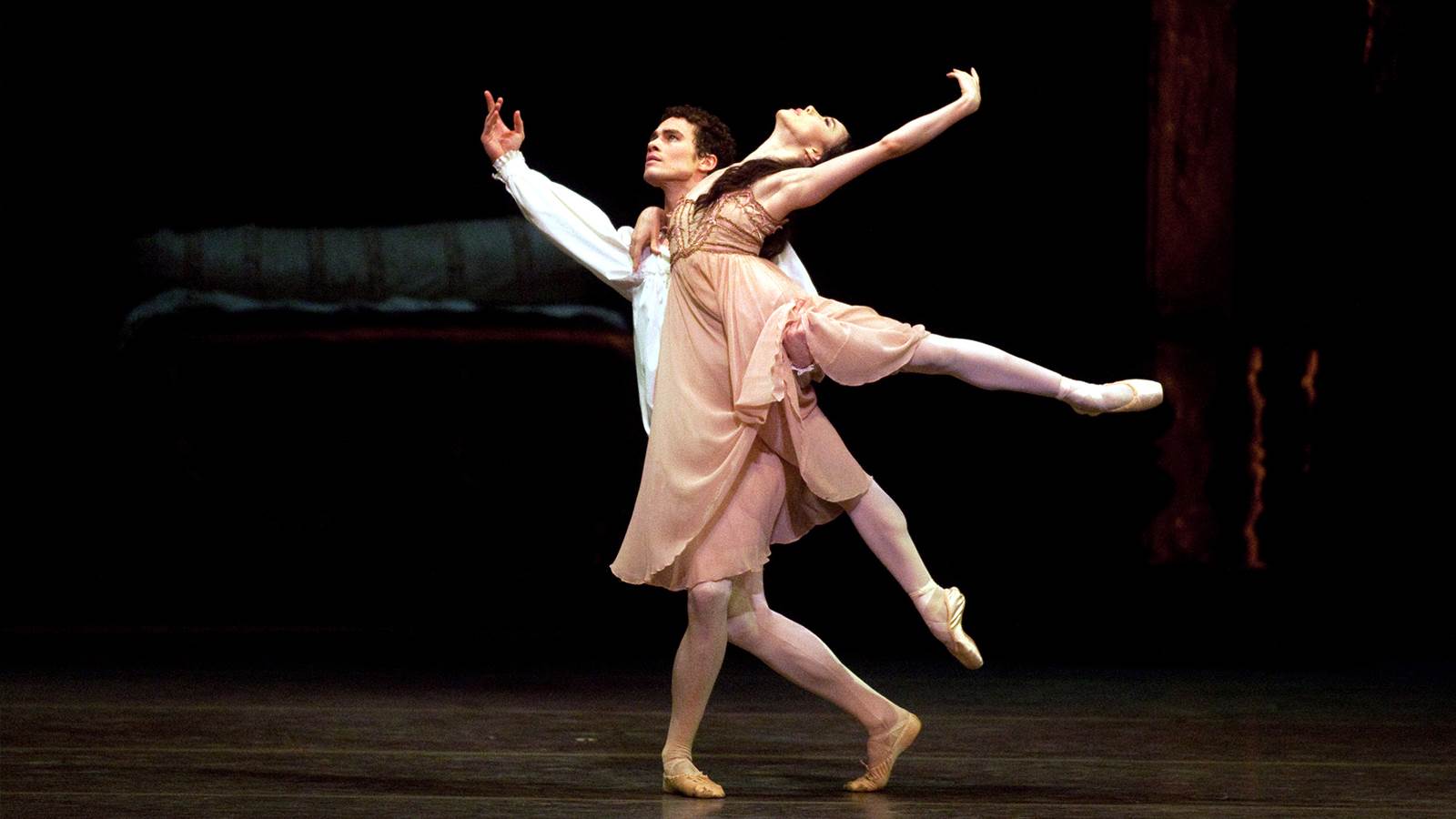Home>Events & Info>Ballet>How Long Is The Giselle Ballet
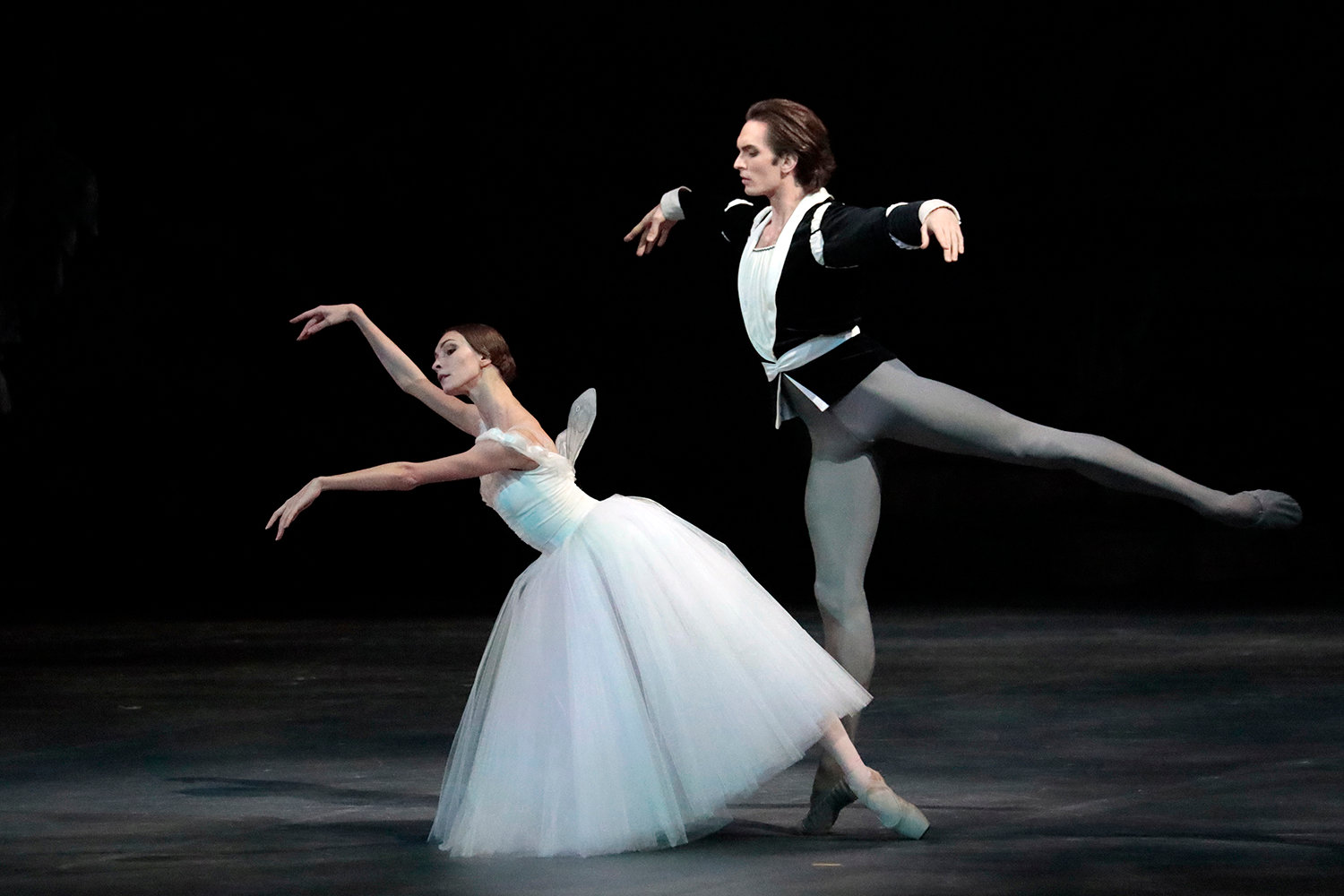

Ballet
How Long Is The Giselle Ballet
Published: January 9, 2024
Discover the precise duration of the captivating Giselle ballet, a beloved and timeless classic in the world of ballet. Dive into the magical realm of this elegant dance form today.
(Many of the links in this article redirect to a specific reviewed product. Your purchase of these products through affiliate links helps to generate commission for AudioLover.com, at no extra cost. Learn more)
Table of Contents
Introduction
Ballet is a timeless art form that has captivated audiences for centuries. One of the most beloved and enduring ballets is “Giselle,” a romantic masterpiece that tells the tragic story of a peasant girl betrayed in love. The ballet’s breathtaking choreography, emotional depth, and haunting score have made it a staple in the ballet repertoire.
Originating in the Romantic era of ballet in the 19th century, “Giselle” has stood the test of time and continues to be performed by ballet companies around the world. Its timeless themes of love, betrayal, and redemption resonate with audiences of all generations.
In this article, we will delve into the duration of “Giselle” ballet performances and explore the factors that can affect its length. From the history of the ballet to notable productions, we will provide a comprehensive guide for ballet enthusiasts and those new to the art form alike.
So, if you’re curious about the length of a “Giselle” ballet performance or simply interested in learning more about this iconic ballet, let’s dive into the enchanting world of “Giselle.”
History of Giselle Ballet
The ballet “Giselle” was first staged in Paris in 1841, choreographed by Jean Coralli and Jules Perrot, with music composed by Adolphe Adam. It is considered one of the most significant ballets of the Romantic era, characterized by its focus on emotion, supernatural elements, and the power of the female protagonist.
The inspiration for “Giselle” came from Heinrich Heine’s poem “De l’Allemagne,” which tells the story of a young girl who dies of a broken heart after discovering her lover’s deceit. The choreographers saw the potential in adapting this tragic tale to the ballet stage, and thus, “Giselle” was born.
From its premiere in Paris, “Giselle” quickly gained popularity and became a staple in the ballet repertoire. It was praised for its innovative choreography, which incorporated the use of pointe work, symbolism, and ethereal movements. The ballet’s focus on themes of love, betrayal, and forgiveness resonated with audiences, making it an instant classic.
Over the years, “Giselle” has undergone various revisions, with different ballet masters and choreographers adding their own artistic touches to the production. Notable revisions include those by Marius Petipa, who made significant changes to the ballet’s structure and choreography, and Rudolf Nureyev, who introduced a more dramatic interpretation of the main characters.
Although the ballet has gone through many iterations, the core narrative and essence of “Giselle” remain intact. It continues to be performed by ballet companies worldwide, enchanting audiences with its poignant storytelling and exquisite dance sequences.
Today, “Giselle” is considered a pinnacle of the classical ballet repertoire and a rite of passage for many ballerinas. Its enduring popularity showcases the timeless appeal of this tragic love story and the artistry of ballet as a whole.
Plot Synopsis
“Giselle” tells the story of a young peasant girl who falls deeply in love with a nobleman disguised as a commoner. Unbeknownst to Giselle, the nobleman is already engaged to another woman of higher social status.
The first act of the ballet introduces us to the idyllic village where Giselle resides. She is portrayed as a delicate and innocent young woman, admired by all in her community. Giselle catches the attention of a nobleman named Albrecht, who disguises himself as a villager named Loys to win her affections.
As Giselle and Albrecht’s love blossoms, a group of noblemen arrive in the village. Among them is Countess Bathilde, Albrecht’s betrothed. When Bathilde enters the village, Giselle learns of Albrecht’s true identity and is devastated by his betrayal. Unable to bear the heartbreak, Giselle succumbs to a fit of madness and dies of a broken heart.
The second act takes place in a mystical forest, where the spirits of young girls who died before their wedding day gather. Giselle’s ghost, now one of the Wilis, a group of vengeful female spirits, seeks revenge on men by forcing them to dance until they die of exhaustion.
When a grieving Albrecht visits Giselle’s grave, he is haunted and pursued by the Wilis. Giselle, however, still harboring love for Albrecht in her spirit, protects him from the wrath of the other Wilis. In a climactic moment, Giselle’s love and forgiveness save Albrecht from his impending fate.
The ballet concludes with Giselle’s spirit finding peace and Albrecht left alone to mourn her loss. The story of “Giselle” serves as a cautionary tale of love, betrayal, and the power of forgiveness, reminding us of the complexities of human emotions.
The plot of “Giselle” has touched the hearts of audiences worldwide, resonating with its themes of love, forgiveness, and the supernatural. Its emotionally charged storyline, combined with the intricate choreography and expressive dancing, create a truly unforgettable ballet experience.
Duration of Giselle Ballet Performances
The duration of a “Giselle” ballet performance can vary depending on factors such as the production’s interpretation, the skill of the dancers, and the inclusion of additional variations or performances during the show. On average, a traditional performance of “Giselle” typically lasts around two hours, including one intermission.
The first act of “Giselle” generally spans about 45 to 60 minutes. This act sets the stage for the story, introducing the main characters, their relationships, and the emotional dynamics between them. It showcases the vibrant village scene and the heartfelt pas de deux between Giselle and Albrecht. Additionally, it often includes ensemble dances, such as the lively peasant pas de deux and the harvest celebration sequence.
The second act, set in the mystical forest where the Wilis reside, generally takes about 40 to 50 minutes. This act is characterized by the ethereal beauty of the Wilis’ dance, as well as their confrontation with Albrecht. The dramatic culmination of the ballet occurs in this act, with the climax of Giselle’s forgiveness and the redemption of Albrecht.
It is worth noting that there can be variations in the duration based on the specific choreography and interpretations of the ballet company or choreographer. Some productions may choose to lengthen or shorten certain scenes or incorporate additional variations, impacting the overall duration of the performance.
Furthermore, some ballet companies may opt to include additional performances or variations within the “Giselle” production. For example, the first act may feature variations for other principal or soloist dancers, showcasing their technical abilities and adding depth to the overall performance. These additional variations can extend the total duration of the ballet.
Overall, the duration of a “Giselle” ballet performance is typically around two hours, but it is important to check with the specific ballet company or production for the most accurate timing. Whether you are a ballet enthusiast or a newcomer to the art form, experiencing the magic of “Giselle” live on stage is an unforgettable experience that showcases the mastery of storytelling through dance.
Factors Affecting the Length of Giselle Ballet
Several factors can influence the overall length of a “Giselle” ballet performance. These factors vary from production to production, and they can impact the duration of the ballet in different ways. Let’s explore some of the key elements that affect the length of a “Giselle” performance:
- Choreographic Interpretation: Different choreographers might approach “Giselle” with their unique artistic vision, leading to variations in the length of the ballet. Some choreographers may choose to emphasize certain scenes or add additional sequences to enhance the storytelling. These creative choices can impact the overall running time of the performance.
- Dancer’s Interpretation: The skill and interpretation of the principal dancers and the corps de ballet can also influence the duration of the ballet. A more experienced and adept cast may perform complex movements and intricate footwork, which can extend the length of the dance sequences.
- Pacing and Tempo: The pacing and tempo set by the conductor and musicians can affect the overall speed of the ballet. Faster tempos might lead to quicker transitions between scenes and dances, potentially shortening the duration of the performance, while slower tempos can elongate the timing of each sequence.
- Inclusion of Variations: Some productions of “Giselle” include additional variations or dances to showcase the technical prowess of individual dancers or to add depth to the narrative. These variations, such as the iconic “Peasant Pas de Deux” or additional solos, can extend the running time of the ballet.
- Interpretive Elements: Different artistic choices, such as the use of set designs, costumes, and stage effects, can impact the duration of scene changes and transitions. Elaborate sets or intricate costume changes may require more time, affecting the overall length of the ballet.
It is important to note that these factors are not fixed and can vary between productions. Each ballet company or choreographer may have their own unique approach, resulting in different running times for “Giselle.” Therefore, it is always advisable to check with the specific ballet company or production for the most accurate timing of a particular performance.
Regardless of the duration, experiencing the timeless beauty and captivating storytelling of “Giselle” is an extraordinary journey that transports audiences into a world of love, betrayal, and ultimately, redemption.
Notable Productions and their Duration
Throughout the years, “Giselle” has been performed by numerous ballet companies around the world, each bringing their own unique interpretation to the stage. While the duration of “Giselle” can vary between productions, here are some notable performances and their approximate durations:
- The Paris Opera Ballet: The Paris Opera Ballet is renowned for its interpretation of “Giselle.” Their production typically lasts around 2 hours and 10 minutes, including one intermission. Known for its exquisite artistry and technical precision, the Paris Opera Ballet stays true to the classic choreography while infusing their own artistic nuances.
- The Bolshoi Ballet: The Bolshoi Ballet’s rendition of “Giselle” is known for its passionate performances and powerful storytelling. Their production generally lasts around 2 hours and 20 minutes, including one intermission. The Bolshoi Ballet’s interpretation often includes additional variations and extended sequences, highlighting the exceptional abilities of its dancers.
- The Royal Ballet: The Royal Ballet in London presents a captivating version of “Giselle,” typically lasting around 2 hours and 15 minutes, including one intermission. Known for its focus on dramatic storytelling and technical prowess, The Royal Ballet’s production showcases the emotional depth and romanticism of the ballet.
- The American Ballet Theatre: The American Ballet Theatre’s interpretation of “Giselle” is widely admired for its stunning visuals and brilliant performances. Their production generally runs for about 2 hours and 20 minutes, including one intermission. The American Ballet Theatre often incorporates additional variations and ensemble dances, creating a truly enchanting experience.
- The Mariinsky Ballet: The Mariinsky Ballet in St. Petersburg, Russia, is renowned for its rich ballet traditions. Their production of “Giselle” typically lasts around 2 hours and 10 minutes, including one intermission. The Mariinsky Ballet showcases the elegance and technical precision that has made it one of the world’s leading companies.
It is important to note that the durations provided here are approximate and can vary based on the specific staging choices and individual performances within each production. Additionally, different companies may have variations in pacing, interpretations, or inclusion of additional elements, which can influence the overall duration of their performances.
Attending a performance of “Giselle” by any of these renowned ballet companies is an opportunity to witness the mastery of ballet and experience the beauty and emotional power of this timeless classic.
Conclusion
“Giselle” is a ballet that has stood the test of time, captivating audiences with its enchanting storytelling and breathtaking choreography. Whether you are a seasoned ballet enthusiast or new to the world of dance, exploring the duration of “Giselle” performances and the factors that affect its length provides valuable insights into the intricacies of this beloved ballet.
From its premiere in 1841 to the present day, “Giselle” has been interpreted by ballet companies around the world, each adding their unique artistic touch. While the average duration of a performance is around two hours, it is important to note that this can vary based on various factors.
Factors such as choreographic interpretation, dancer’s skills, pacing, inclusion of variations, and interpretive elements can all impact the length of a “Giselle” ballet performance. These factors allow for different creative choices and provide opportunities for dancers and companies to showcase their artistry and individuality.
Notable productions by esteemed ballet companies like the Paris Opera Ballet, the Bolshoi Ballet, the Royal Ballet, the American Ballet Theatre, and the Mariinsky Ballet have presented their interpretations of “Giselle” with varying durations. Each production brings its own flair and unique perspective to this iconic ballet.
Whether it’s the tragic love story, the ethereal beauty of the Wilis, or the technical brilliance of the dancers, “Giselle” continues to captivate audiences worldwide. Its timeless themes of love, betrayal, and redemption resonate with audiences of all generations, reminding us of the universal human experiences we all share.
So, the next time you have the opportunity to witness a production of “Giselle,” take a moment to appreciate the mastery of the dancers, the artistry of the choreography, and the power of storytelling through dance. Let yourself be transported into the magical world of “Giselle,” where love and forgiveness triumph over heartache and betrayal.
Whether the performance lasts slightly over two hours or stretches to a longer duration, the experience will undoubtedly leave you in awe and deepen your appreciation for the timeless beauty of ballet.


